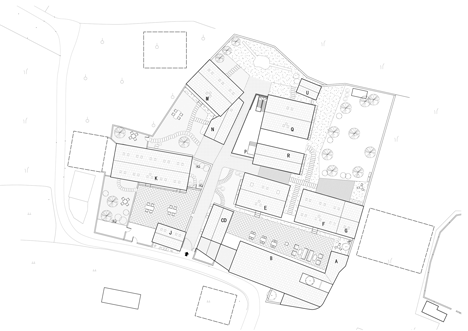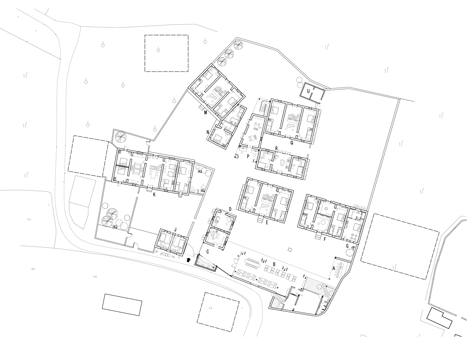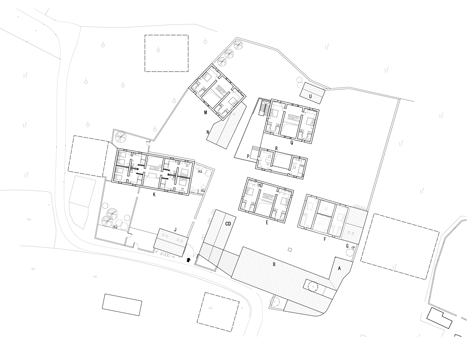Ares Partners and Atelier Liu Yuyang transform old Chinese farmhouses into mountain resort
Shanghai studios Ares Partners and Atelier Liu Yuyang have converted a group of disused farm buildings into a boutique resort nestled among the rocky pinnacles of China's Yangshuo County (+ slideshow).
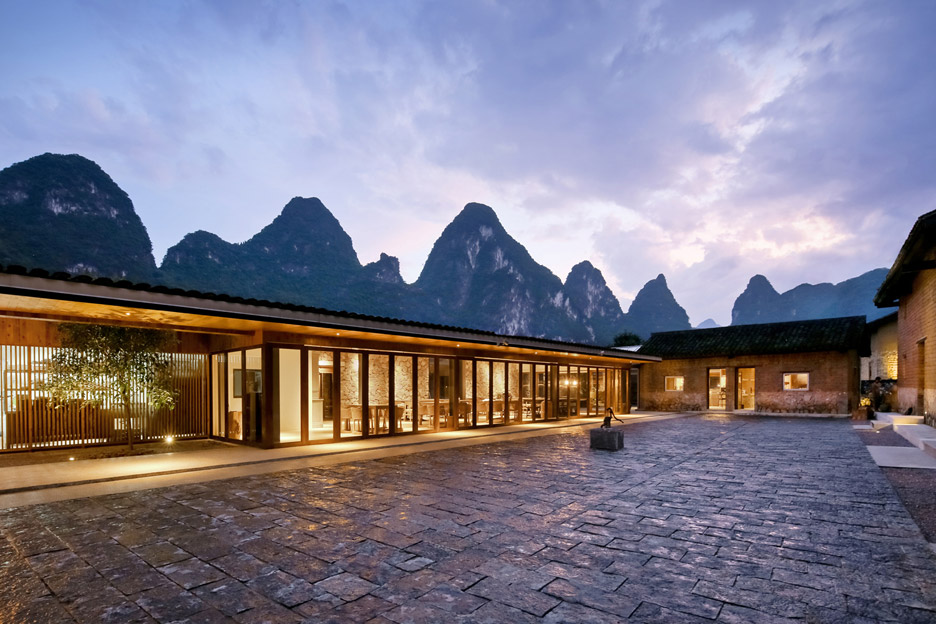
The Yun House eco-resort is situated in a village in the Guangxi region of China, which is a popular destination for tourists looking to explore the dramatic scenery of the Li River valley.
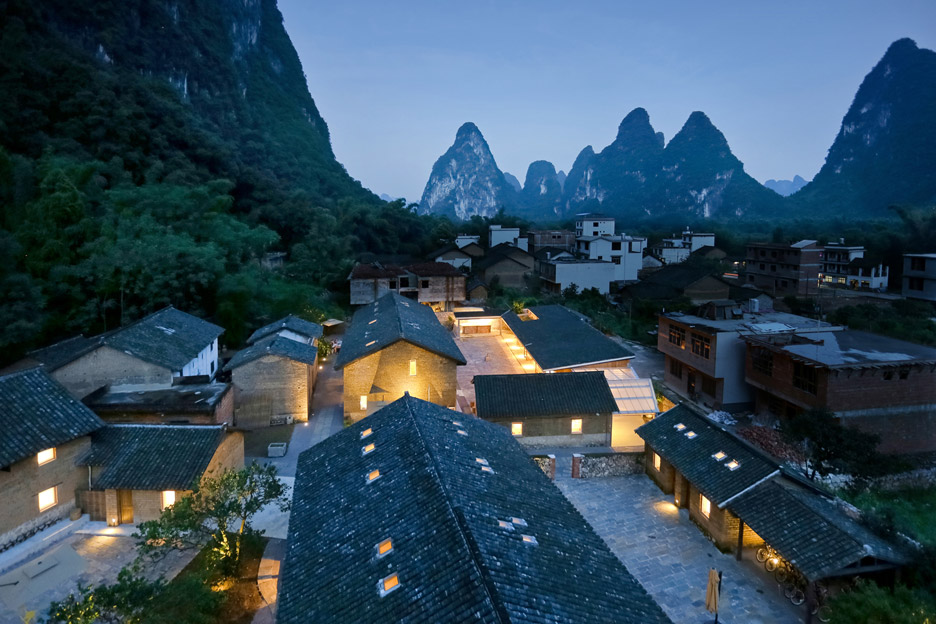
Architecture studio Ares Partners was asked to renovate and convert nine farmhouses into the resort's 23 guest rooms, while respecting the character of the existing village.
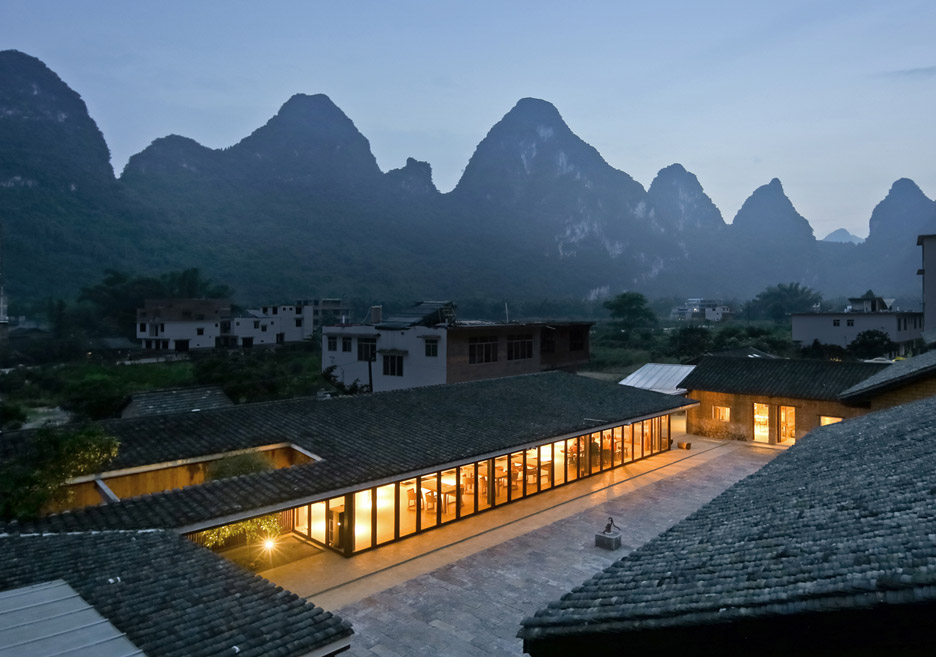
A new building accommodating an all-day restaurant for guests was designed in collaboration with Atelier Liu Yuyang Architects to reflect the forms and materials of the vernacular architecture.
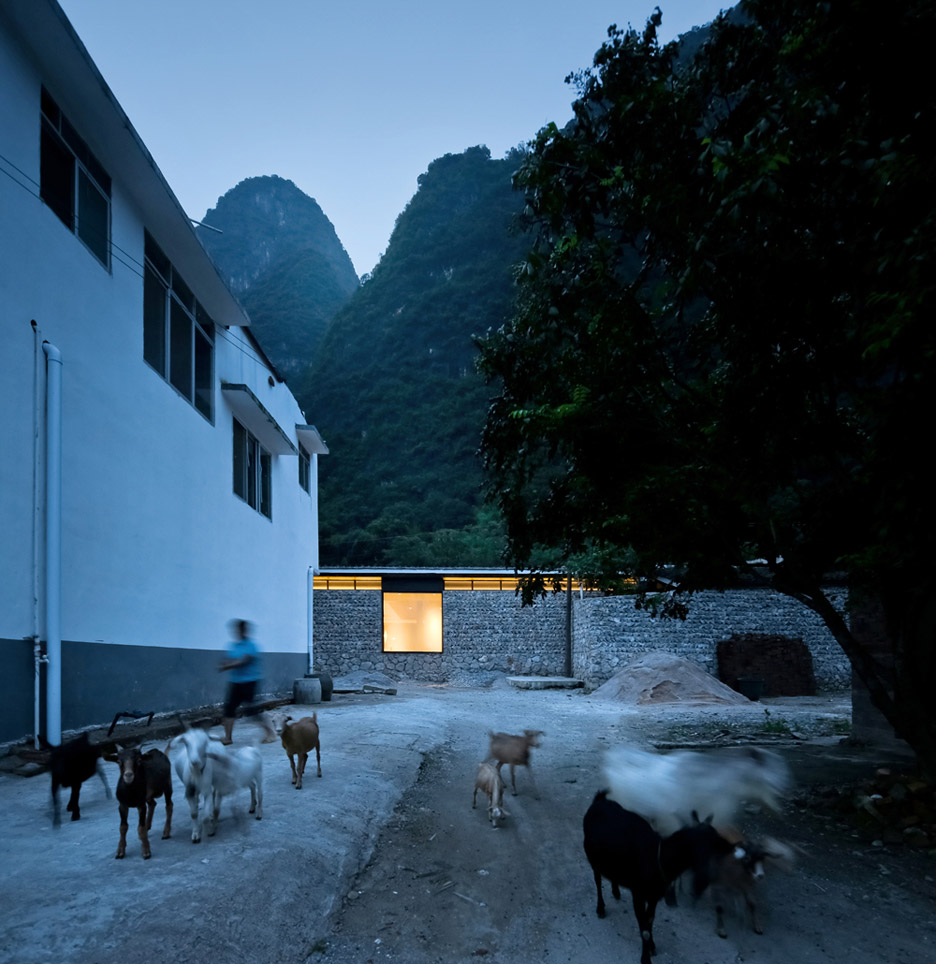
"Taking on a sensitive approach to the local culture, with villagers still living nearby, the overall planning and landscape design blends into the original village structure without creating new boundary conditions," said Helen Wang of Ares Partners.
The new structure housing the restaurant, bar and reception area replaces some small outhouses and had to be sensitively integrated into the overall scheme.
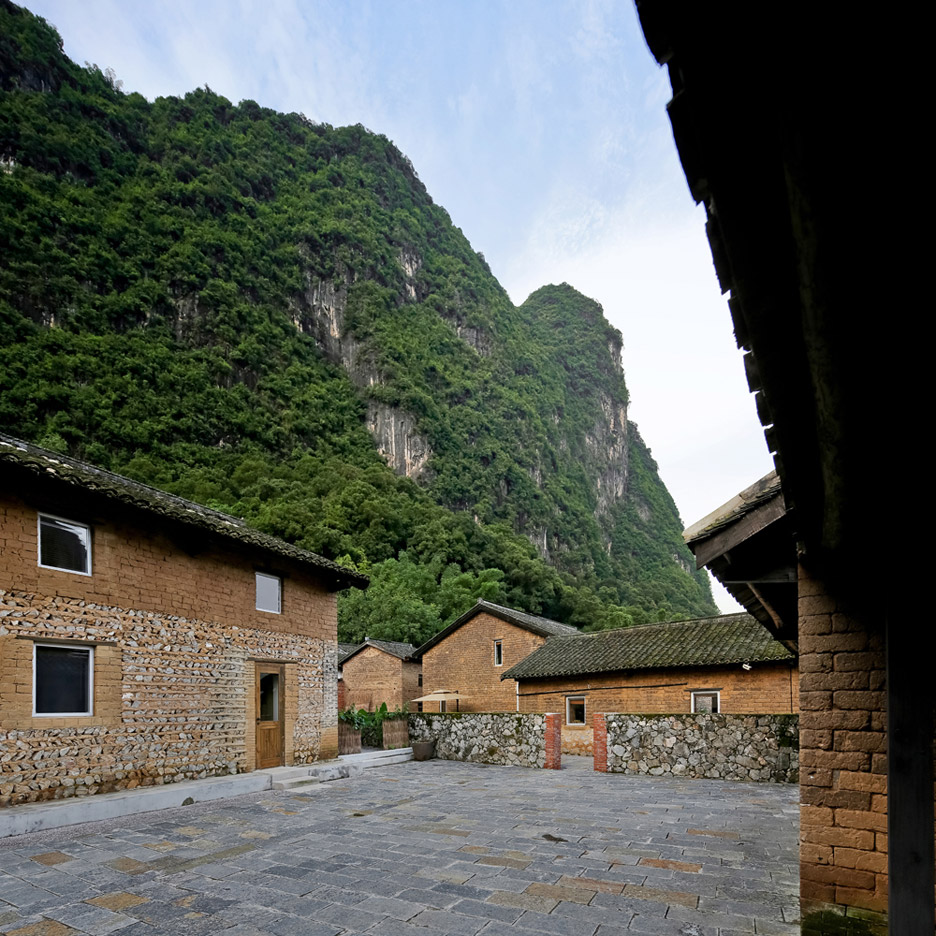
It extends along the edges of a courtyard and features a glass-fronted elevation that offers a modern counterpoint to the solidity of the original structures.
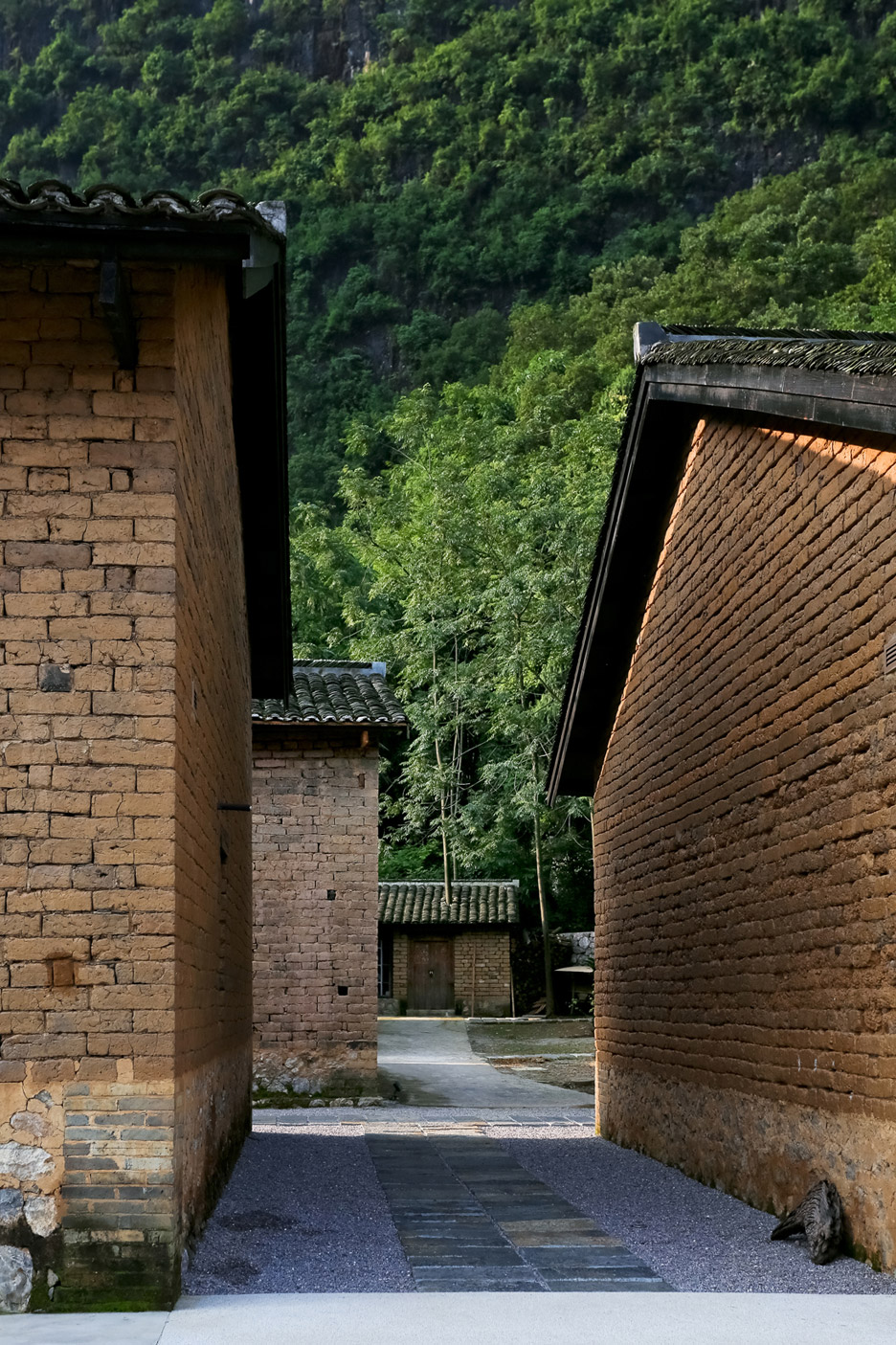
The building's steel frame and extensive glazing contrast with its terracotta roof tiles and an internal wall made from rough stone blocks, resulting in a structure that references its surroundings but is distinctly contemporary.
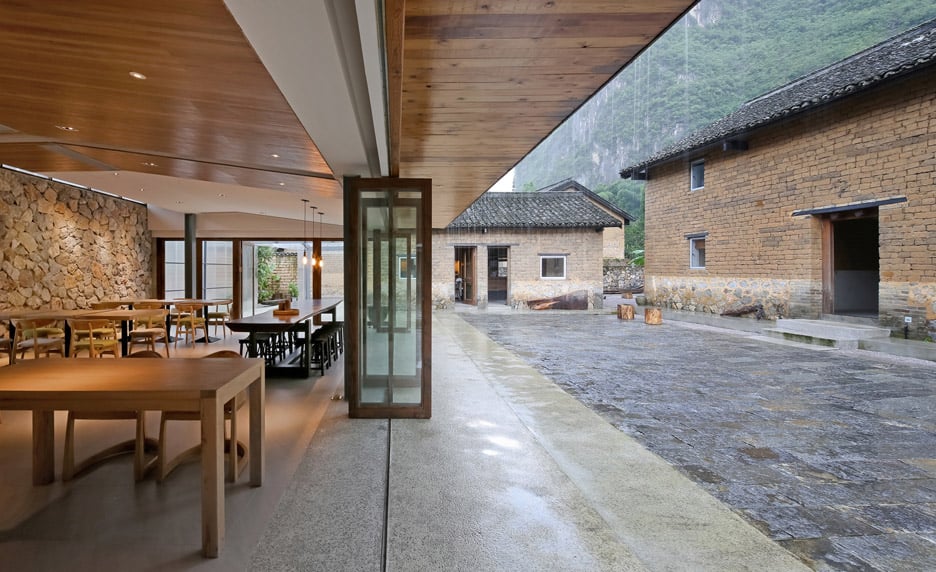
"The spatial dialogue and sense of continuity between the old and the new buildings maintains an order of symbiosis between the foreign hotel and the local village," Wang added.
"The same design principle extends into the interior space of the hotel. The dialogue between people, space, light and landscape is well considered."
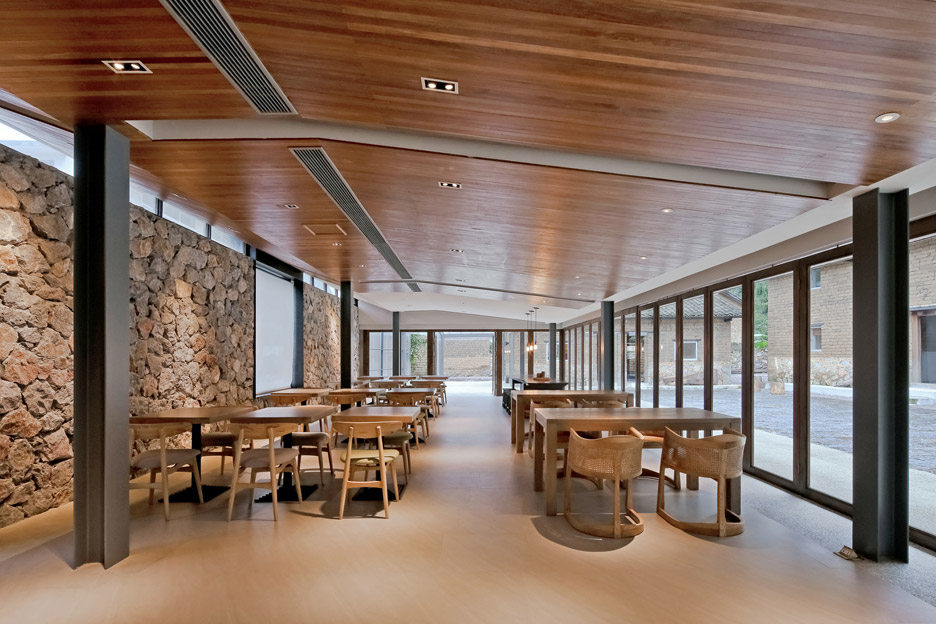
The farm buildings are constructed from rammed-earth bricks and were carefully restored to retain their original appearance while accommodating new functions.
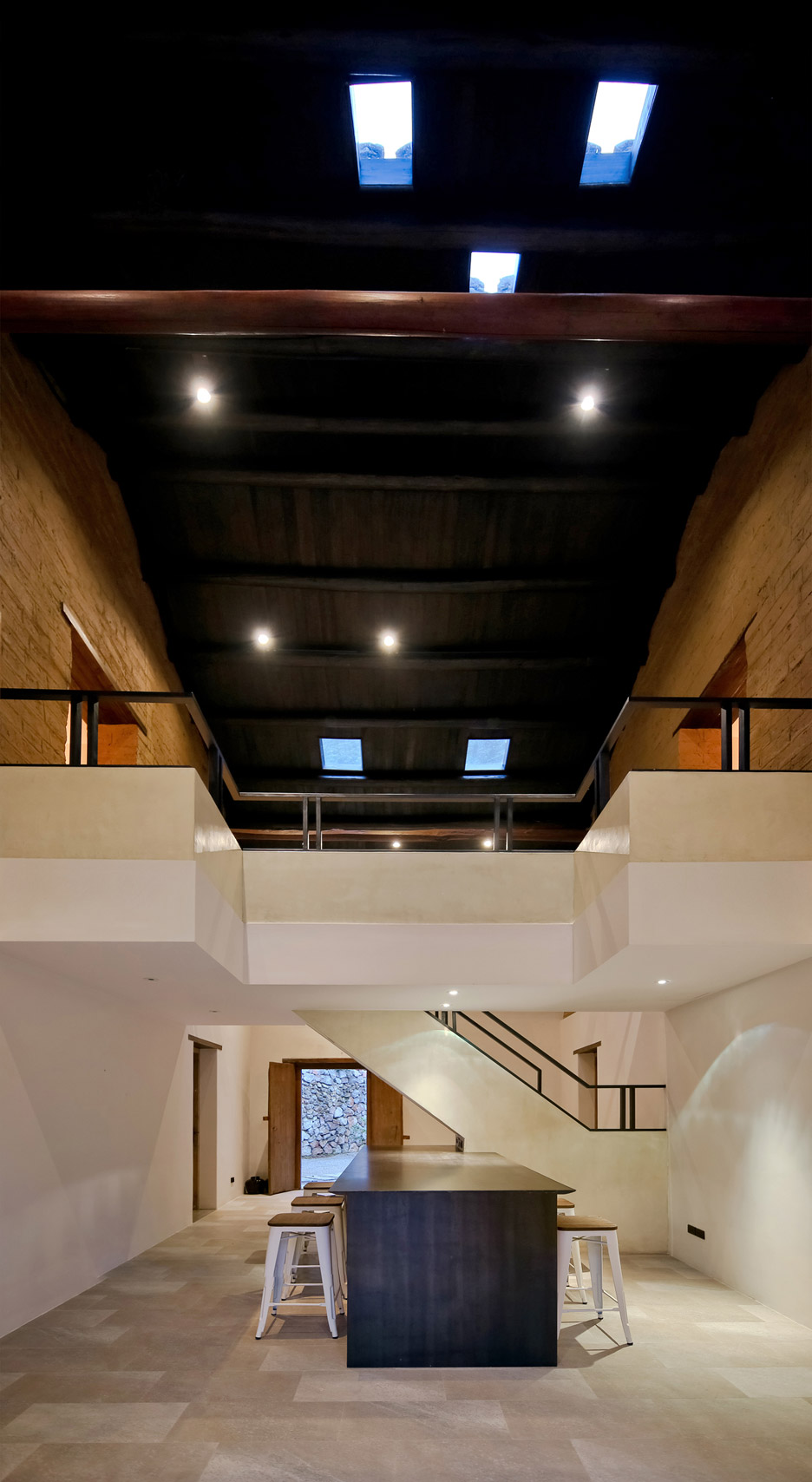
Based on the traditional layouts of houses in the region, which feature three bays with a double-height space occupying the central bay, the rooms in each of the guest houses are arranged around a communal area containing the staircase.
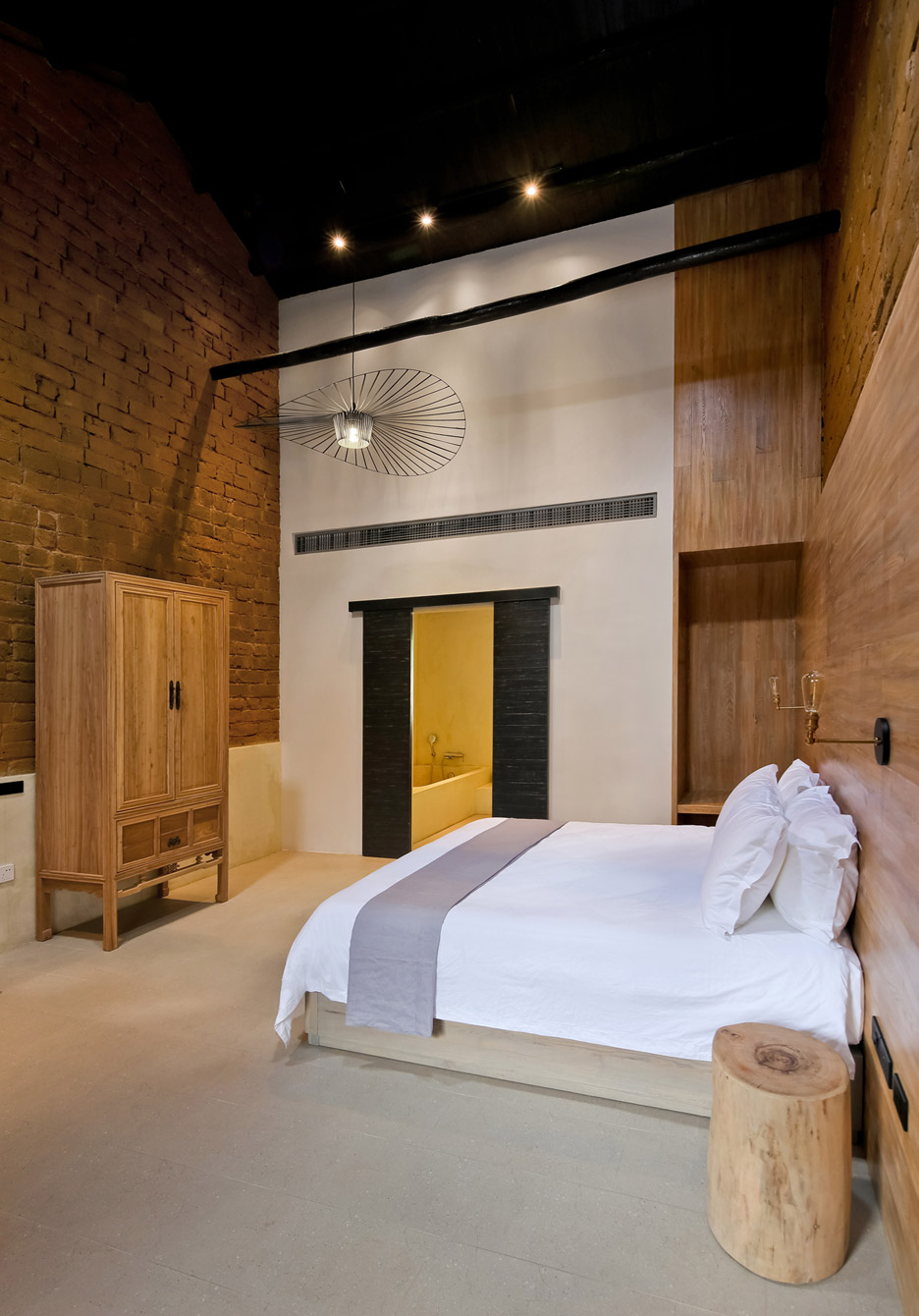
The original earth walls remain prominent within the guest rooms, where contemporary materials including bamboo, timber, galvanised steel and concrete complement their tactile quality.
Existing timber beams and wooden doors have been refurbished and reused to accentuate the authentic feel of the spaces.
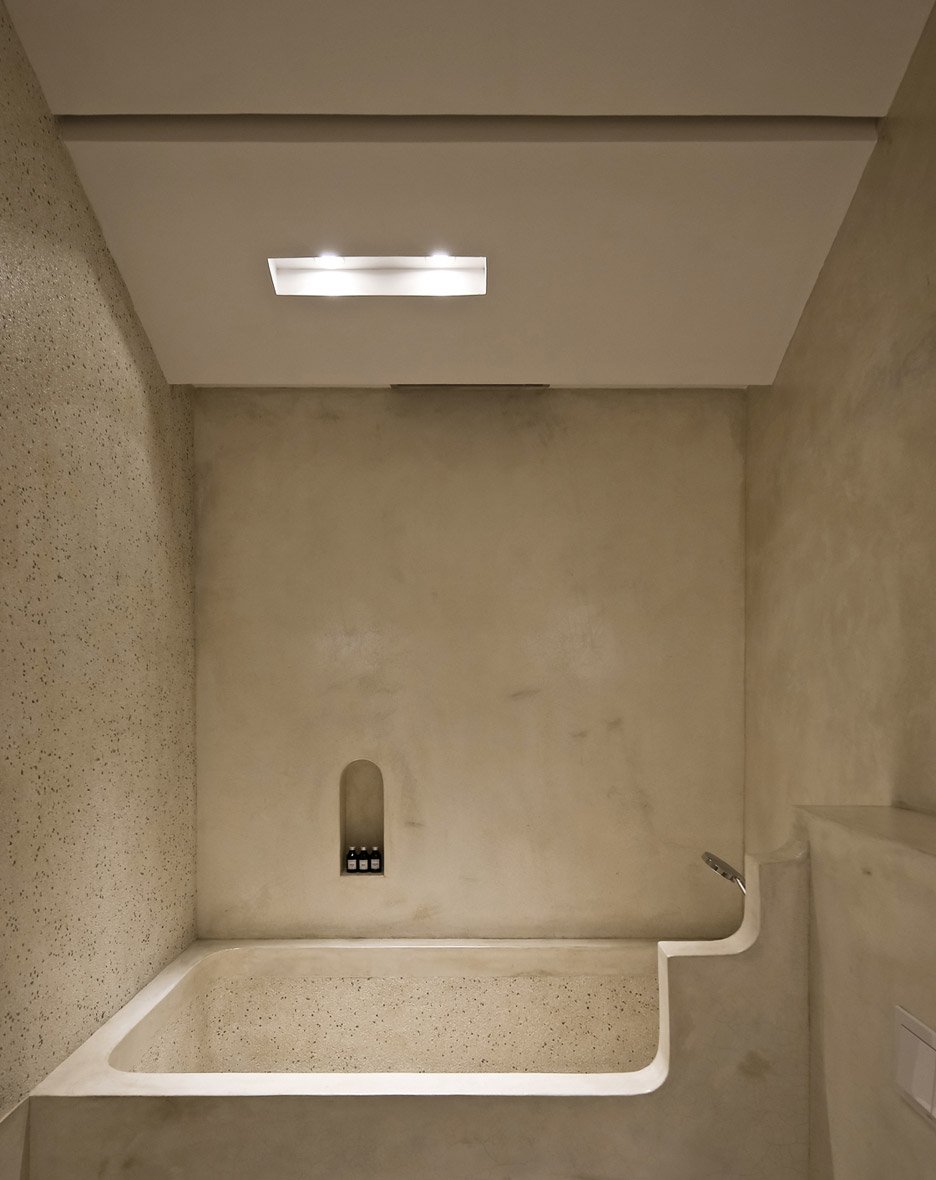
Other examples of farms converted for alternative uses include a contemporary art gallery housed in a series of disused farm buildings in the English countryside and a 150-year-old farm complex in Switzerland that was transformed into office and apartment blocks.
Photography is by Su Shengliang.
